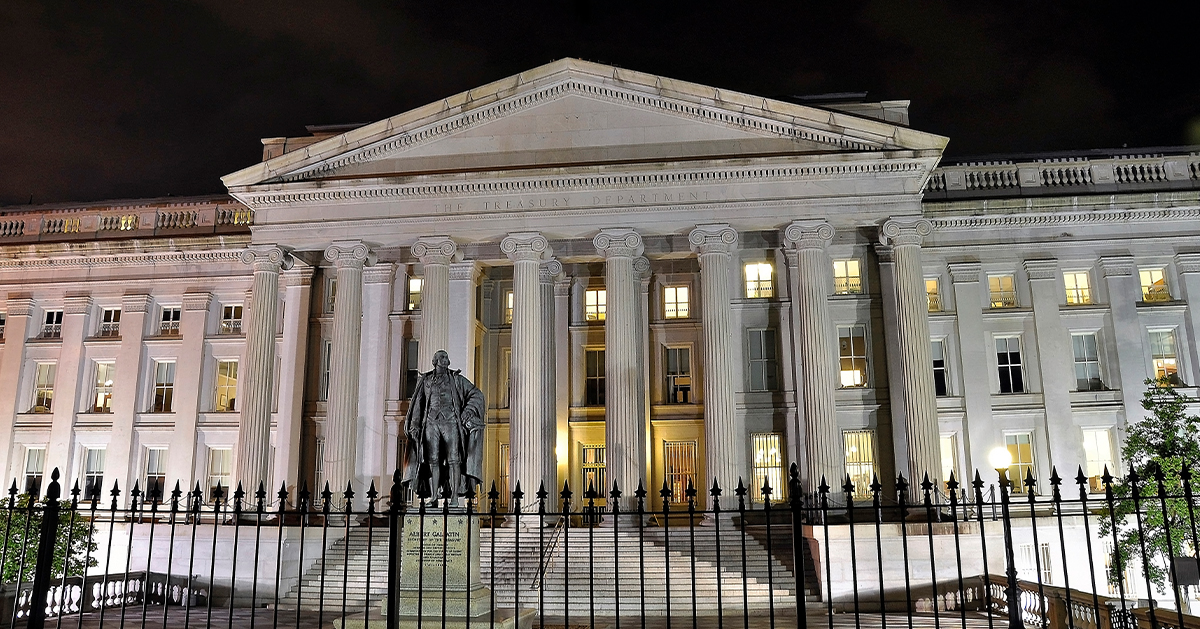A newly updated report prepared by Ernst & Young (EY) for the Peter G. Peterson Foundation, reexamines the federal government’s long-term fiscal outlook through the “fiscal gap” measure.
What is the Fiscal Gap?
The fiscal gap is an estimate of how much the government’s spending and debt obligations exceeds its revenues over a specified period of time. The fiscal gap is calculated by various government agencies — such as the Congressional Budget Office and Government Accountability Office — as a means of quantifying long-term fiscal and debt sustainability. The new report from EY confirms and reinforces these agencies’ findings that a substantial fiscal gap exists and significant changes in fiscal policy will be required to reduce it.
How big is the Fiscal Gap?
EY calculates the fiscal gap in a variety of ways, including different time horizons and debt levels. Under all of these scenarios, significant policy action is required to close the fiscal gap. For example, EY estimated the policy changes (in 2016 present-value dollars) needed to keep future debt no higher than its current share of GDP (75%):
- 25-year time horizon fiscal gap: policy changes totaling $9 trillion ($27,300 per person) under current law.
- 50-year time horizon fiscal gap: policy changes totaling $26 trillion ($80,200 per person) under current law.
- 75-year time horizon fiscal gap: policy changes totaling $46 trillion ($140,700 per person) under current law.
Bringing debt down to 39% — its historical share of GDP — would require even larger changes in U.S. fiscal policy.
Why is the Fiscal Gap important?
Without action, EY warns that increasing deficits and the resulting debt accumulation could negatively affect the US economy in the following ways:
- Decreased national saving and future income. Increased federal debt would crowd out private investment, leading to reduced labor productivity and real wages, which in turn, could reduce individuals’ ability to earn and save.
- Growing pressure to increase taxes or cut spending. Since increased federal debt would result in higher interest payments over the long term, policymakers would have fewer resources for other programs, face greater pressure to raise revenues, or both. The longer action on the debt was delayed, the larger those required spending cuts or revenue increases would have to be.
- Reduced ability to respond to domestic and international events. Unexpected events such as recessions or foreign conflicts often have a significant impact on federal government spending and revenues. The long-term increase in federal debt could reduce the federal government’s ability to respond to such situations.
- Greater chance of a fiscal crisis. Rising debt increases the risk that investors could lose confidence in the Unites States, which could trigger a fiscal crisis. Predicting when such a fiscal crisis might occur is difficult, however.
EDITOR'S NOTE: This post was originally published on June 26, 2016, and updated on November 2, 2016, to reflect the numbers from the updated report. You can access the original report here.
Image credit: Photo by ValeStock/Getty Images/iStockphoto
Further Reading
Debt vs. Deficits: What’s the Difference?
The words debt and deficit come up frequently in debates about policy decisions. The two concepts are similar, but are often confused.
National Debt Could More than Double the Size of the Economy
GAO’s findings add to a chorus of nonpartisan evidence and analysis showing that action is needed to improve our fiscal outlook.
Long-Term Budget Outlook Leaves No Room for Costly Legislation
As lawmakers consider costly legislation to extend expiring tax provisions this year, CBO’s latest projections serve as a warning that our fiscal outlook is already dangerously unsustainable.


